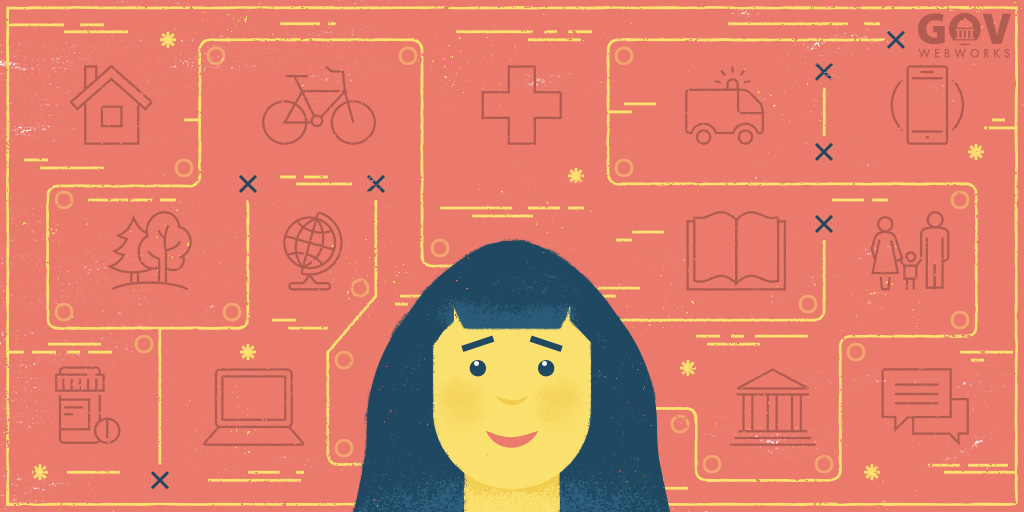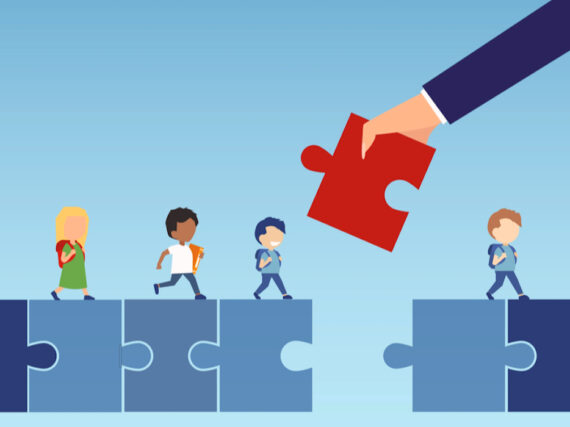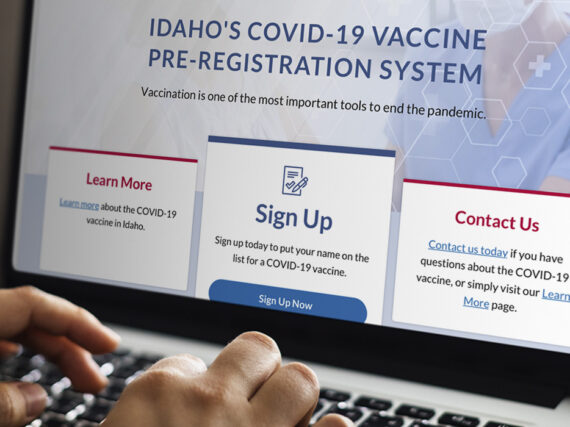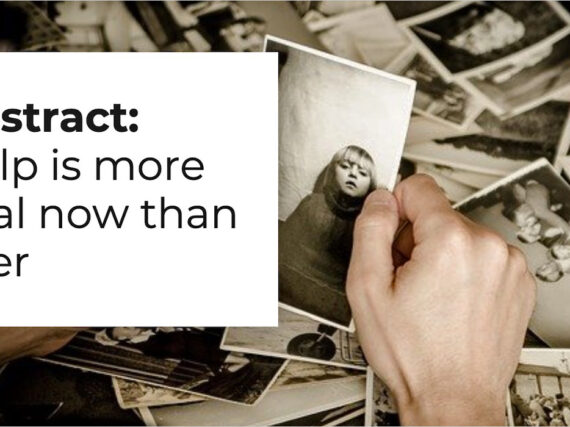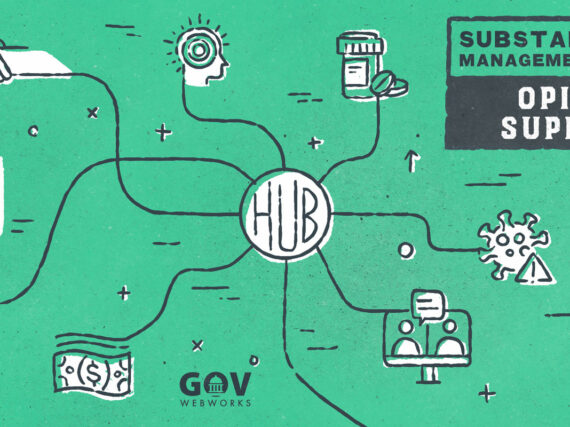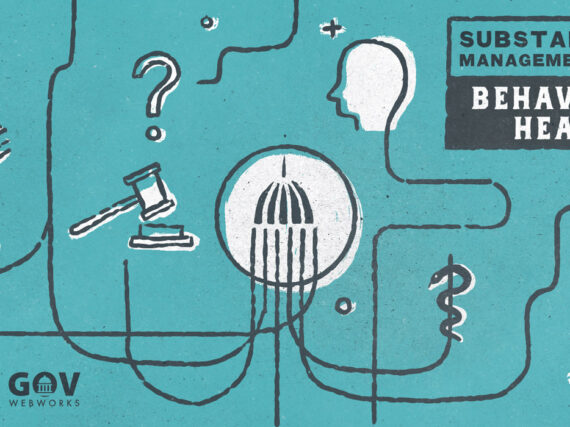We may not yet have a machine that can sniff potential illness, as recently detailed in a New York Times article on the topic. However, according to the Office of Disease Prevention and Health Promotion (ODPHP), we can determine the likelihood of health based on non medical factors.
For instance, social determinants of health. These standards of living exist apart from medical care and are influenced by social policies. This makes them a more immediate way for states to improve well being and reduce health care costs.
However, every state struggles with how to foster well being among citizens. Which services will have the biggest impact? How to change habits? And so on. With all of the issues and variables, improving an individual’s social circumstances can feel like a hopeless endeavor.
In our work with the Live Better Idaho (LBI) program, we’ve seen a valuable example of how innovation in providing service awareness to citizens can lead to healthier lives. We believe the LBI tool, which aligns with the ODPHP’s Healthy People 2020 (HP2020) initiatives concerning social determinants of health, is a meaningful step toward improving outcomes.
What are social determinants of health?
Social determinants of health (SDH) are defined as “the range of personal, social, economic, and environmental factors that influence health status.” The HP2020 initiative is banking on improving social determinants to “promote quality of life, healthy development, and healthy behaviors across all life stages.”
This is a big picture of health that encompasses more than genetics and pre-existing conditions. According to Healthy People 2020, health and health behaviors are influenced at multiple levels, including:
“Significant and dynamic inter-relationships exist among these different levels of health determinants,” HP2020 explains. So “interventions are most likely to be effective when they address determinants at all levels.”
Furthermore, social determinants are the area where agencies can help the most. You can’t alter an individual’s genetics, but social factors are tangible things that can impact health outcomes on a daily basis. Clarifying these determinants also provides a list of target areas for improvement.
Examples of social determinants (compiled by HP2020) include:
- Availability of resources to meet daily needs (e.g., safe housing and local food markets)
- Access to educational, economic, and job opportunities
- Access to health care services
- Availability of community-based resources in support of community living and opportunities for recreational and leisure-time activities
- Transportation options
- Public safety
- Social support
How to improve SDH?
How, you might ask next, do we improve access to the programs that make up social determinants of health?
HP2020 advocates incorporating prevention and education around social issues for all ages as the key to improving circumstances, which as a result can lead to healthier people.
Most of all, “Health information technology (IT) and health communication will be encouraged and supported as being an integral part of the implementation and success of Healthy People 2020,” HP2020 states.
Case in point
Our clients at the Idaho Department of Health and Welfare noticed that they were providing services from an entitlement perspective (help is here if you need it) rather than creating empowerment for citizens to actually use their services and change behaviors. The families they were trying to help couldn’t easily find, access, or connect with state services. Furthermore, they were not fully aware of the programs available to them.
Thus, the Live Better Idaho initiative was born. The goal is to put people first and government second, so as to generate better outcomes.
With a mission of making it easier for people to connect to social services, Idaho conceived of livebetteridaho.org as a customer-centric resource that helps families easily access the already strong existing network of local and state programs and agencies, plus nonprofit, community, and faith-based programs.
What Live Better Idaho offers
As a result, many of the services from around the state can now be found under one umbrella on LBI. Through self assessment, Idaho citizens can find help based on their specific financial and social circumstances. They can also save information for future reference, and get alerts when new services become available.
Furthermore, many of the resources on LBI align with the social determinants of health noted above, including the following.
Resources to meet daily needs:
- SNAP food stamps
- Farmers markets
- Nutrition counseling
- Summer food sites
- Home delivered meals for seniors
- Cooking classes
Educational, economic, and job opportunities:
- Department of Labor job search
- GED community college locations
- Adult education
- Unemployment
- Occupational skills training
Health care services:
- Health clinics
- Medicare, Medicaid information
- Health insurance assistance
Community-based resources:
- Veteran homes
- Resources for individuals with blindness or low vision
- Child care options
Most of all, the beauty of the Live Better Idaho solution is in its proactive nature. Not only does it make it easy to address social determinants of health from one access point, it empowers citizens to find and use the programs available to them. We think all states could benefit from this enlightened approach to service delivery.
Finally, the added value of tools such as LBI is that they allow state agencies and community organizations to work together, instead of in silos that fracture resources.
Check back for more on this topic in our next biweekly post.
Learn more
- About Healthy People 2020
- Healthy People 2020 Framework
- The Social Determinants of Health: It’s Time to Consider the Causes of the Causes
